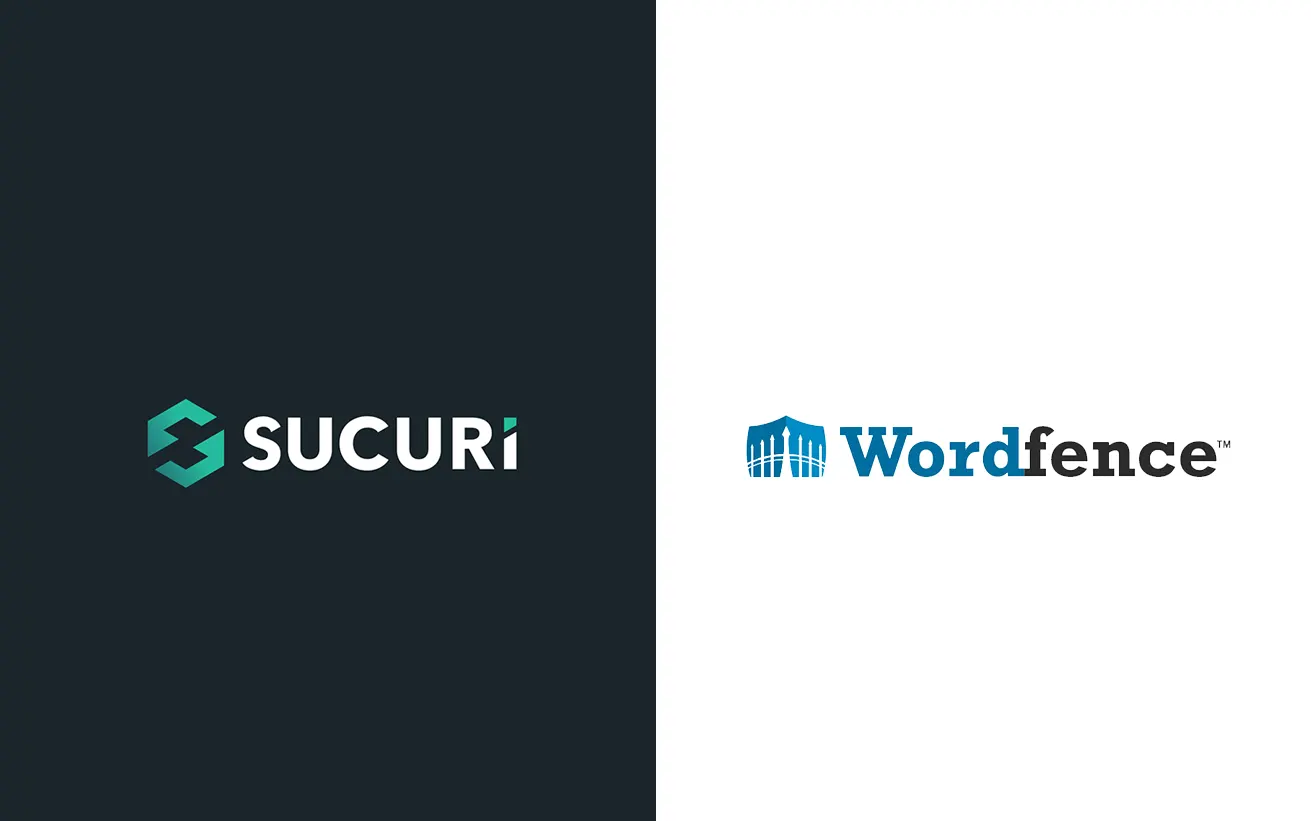In today’s digital landscape, website security is more critical than ever. Cyber threats like DDoS attacks, malware, and hacking attempts continue to evolve, making it essential for website owners to invest in robust protection. Two of the most popular security solutions are Sucuri and Wordfence, both offering firewalls, malware scanning, and DDoS mitigation. But which one provides better security in 2025? In this in-depth comparison of Sucuri vs Wordfence, we’ll break down their features, performance, and overall effectiveness to help you choose the best option for your website.
Wordfence vs. Sucuri: Which WordPress Security Plugin Protects Your Site Best?
Wordfence and Sucuri are two popular WordPress security plugins that often come up in discussions about the best option for protecting your site. At first glance, choosing between them can be challenging.
Sucuri offers a server-side malware scanner and a cloud-based firewall. If your site is compromised, they provide unlimited manual malware removal. Wordfence, in contrast, features a robust malware signature database and an endpoint firewall. While it can remove malware when needed, the responsibility falls entirely on the site owner, and manual cleaning can be costly without any guarantees.
These features sound promising, but do they truly safeguard your site from malware? That’s what we’ll explore in this article.
Summary: Sucuri vs. Wordfence Comparison
In this head-to-head battle, Wordfence comes out on top. However, it was a close contest, as Sucuri also has its strengths.

It’s easy to see why the debate over these two plugins gets so heated—Wordfence’s weaknesses are Sucuri’s strengths, and vice versa. As a result, users tend to champion the one that addressed their specific issue.
But this also means there’s no definitive answer to which is universally better for all WordPress sites. The truth is, neither offers complete protection without trade-offs.







